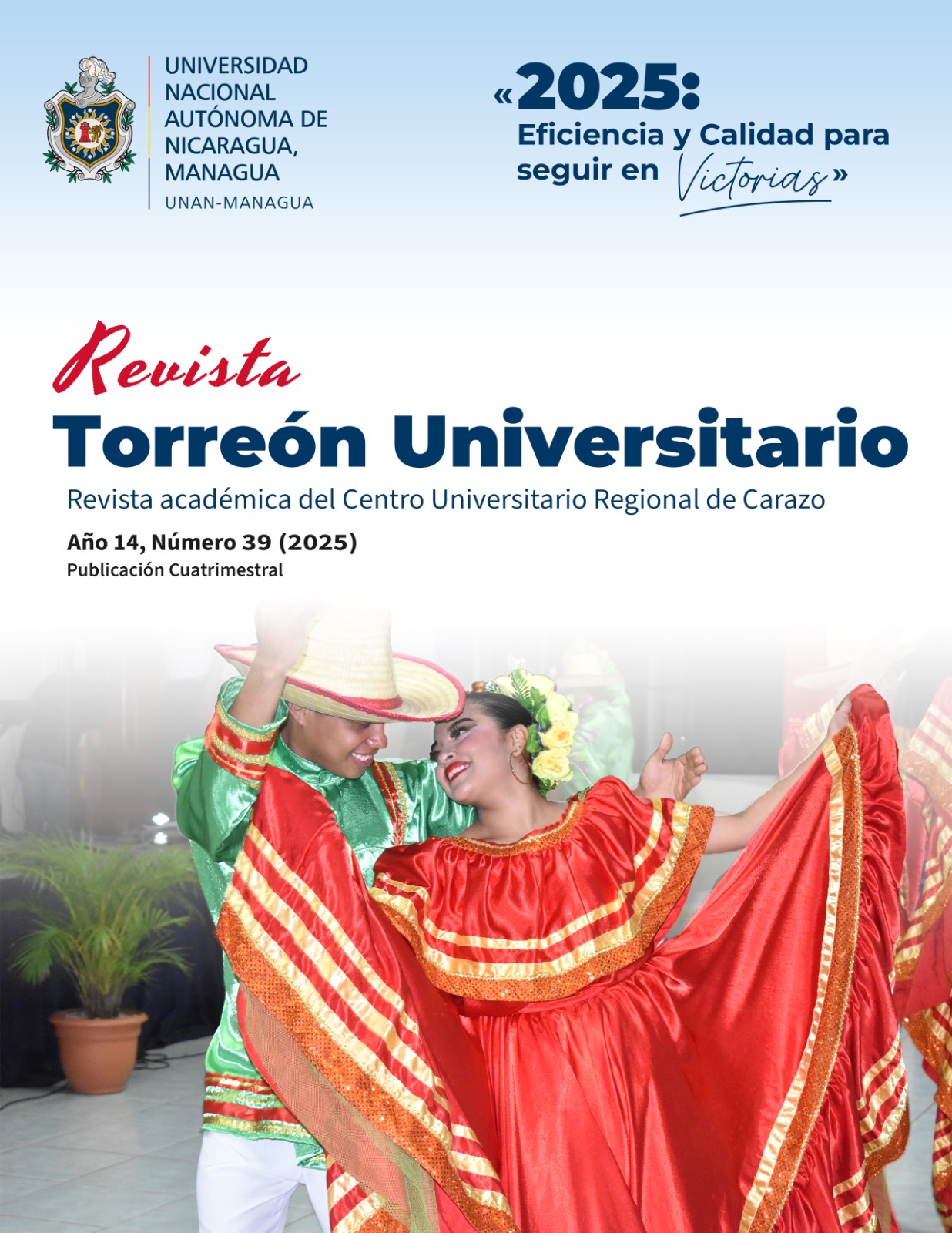VENN diagrams extended to event complements for solving conditional probability and Bayes' theorem.
DOI:
https://doi.org/10.5377/rtu.v14i39.20043Keywords:
Venn diagram, conditional probability, baye’s theorem, complement of a probability eventAbstract
All roads lead to Rome, goes an old saying. In the world of mathematics, a given problem has many ways of being solved, some of which can be complex and others very simple and straightforward. It is important to note that the person trying to understand or learn mathematics needs the quickest way of understanding.
Venn diagrams have been widely used in the solution of probabilities including the conditional and Bayes’ Theorem. However, we can use this technique to extend the complements of the events that are dealt with in each problem to optimize calculations and thus be able to answer all the probability questions that the problem relates to.
Within the technique is to form the interlocking circles indicating the common region for each of the events to be treated and thus their respective complements. As there are 2 events, 4 areas will be formed that have been named as petals, which are equivalent to the difference or sums with the total probability of each event as the case may be.
Downloads
References
academy, k. (s.f.). khanacademy. https://es.khanacademy.org/math/ap-statistics/probability-ap/stats-conditional-probability/a/conditional-probability-using-two-way-tables
Cirrito, F. (2005). Mathematics Higher Level. IBID press. Qué es un diagrama de Venn?: https://www.lucidchart.com/pages/es/que-es-un-diagrama-de-venn
Harcet, J., Heinrichs, L., Seiler, P. M., & Torres Skoumal, M. (2014). Mathematics Higher Level, STATISTICS. Great Britain: Oxford University Press.
Lucidchart. (enero de 2024). Lucidchart. https://www.lucidchart.com/pages/es/que-es-un-diagrama-de-venn
Downloads
Published
How to Cite
Issue
Section
License
Copyright (c) 2025 National Autonomous University of Nicaragua, Managua

This work is licensed under a Creative Commons Attribution-NonCommercial-NoDerivatives 4.0 International License.
The authors who publish in this journal agree to the following terms.
- The author or authors of the articles, essays or research grant the National Autonomous University of Nicaragua, Managua (UNAN-Managua) the editing rights (copyright) of the submitted work, therefore the University has the exclusive right to publish the article for the entire copyright period.
- These copyrights/authors authorize Torreón Universitario Magazine and the University to edit and disseminate/publish the article in said Magazine, including printed and electronic reproduction, storage, retrieval and any other type of publication, and sources of secondary information as services. of summaries and databases, they also empower it to protect the article against unauthorized use for dissemination by printed or electronic media (PDF, HTML, EPUB, XML or others).
License for use of content
The magazine uses the Creative Commons Attribution-NonCommercial-NoDerivs 4.0 International License.
Under this statement:

This journal is licensed under a Creative Commons Attribution-NonCommercial-NoDerivatives 4.0 International License. It can be copied, distributed and transmitted publicly as long as the author and source are cited (Revista Torreón Universitario), it should not be modified or used for any commercial purpose. The full license can be found at http://creativecommons.org/licenses/by-nc-nd/4.0/.



